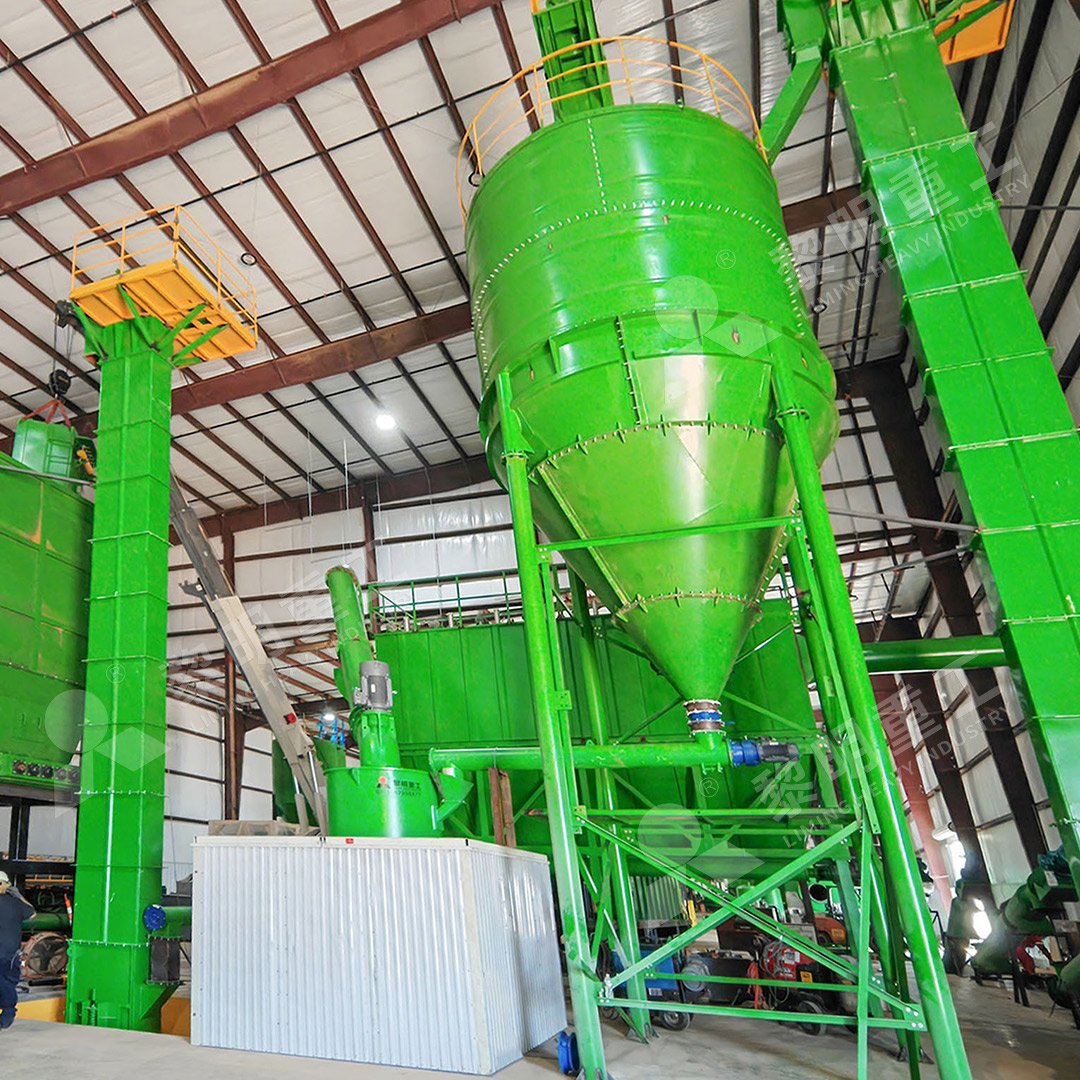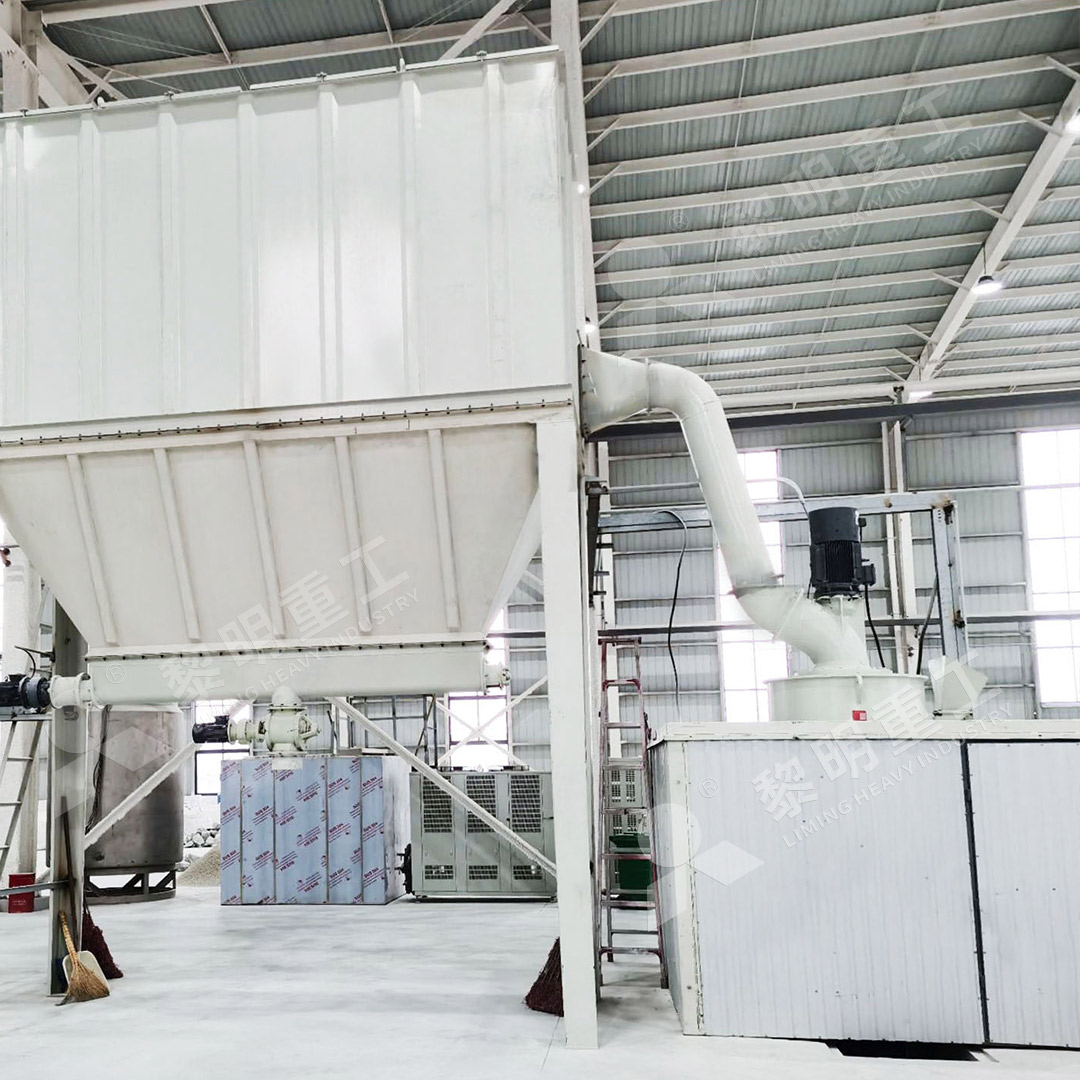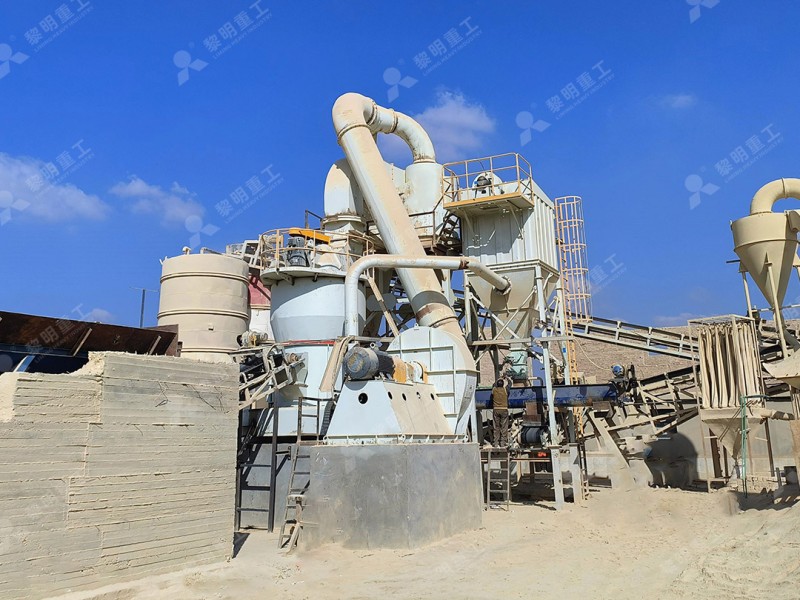How Much Does an Attritor Mill Machine Cost?
How Much Does an Attritor Mill Machine Cost?
As an industry professional with over fifteen years of experience in mineral processing and powder production, I’m often asked this seemingly straightforward question. The truth is, there’s no single answer—attritor mill pricing depends on numerous factors that make each project unique. Let me walk you through what really determines the final investment.
When evaluating attritor mill costs, you need to consider the complete picture beyond just the initial machine price. The total cost of ownership includes installation, energy consumption, maintenance, spare parts, and operational efficiency. A cheaper machine might seem attractive initially but could cost you significantly more over its lifespan due to higher energy bills or frequent downtime.

Key Factors Influencing Attritor Mill Pricing
Several critical elements determine where your investment will fall on the pricing spectrum:
Capacity Requirements: Production capacity is perhaps the most significant cost driver. Machines processing 0.5 tons per hour will naturally cost substantially less than those handling 25+ tons per hour. Your required throughput directly impacts the mill’s size, motor power, and structural requirements.
Material Characteristics: The hardness, abrasiveness, and moisture content of your raw materials affect the mill’s construction. Processing highly abrasive materials requires more durable (and expensive) wear components, while moist materials may need integrated drying systems.
Fineness Specifications: Achieving ultra-fine powders below 10 microns demands more sophisticated separation technology and precision engineering than coarse grinding applications. The difference between 200 mesh and 2500 mesh final product can mean a significant price difference.
Additional Systems: Many operations require integrated dust collection, noise reduction, automation controls, or material handling systems. These add-ons substantially impact the total project cost but are often essential for regulatory compliance and operational efficiency.
Finding Value in Modern Grinding Technology
Throughout my career, I’ve seen operations save substantially by selecting the right technology for their specific needs. One standout solution we often recommend for ultra-fine powder production is the MW Ultrafine Grinding Mill. This machine represents the next evolution in grinding technology, particularly for operations requiring precise control over final product specifications.
The MW Series stands out for its remarkable efficiency—achieving 40% higher production capacity than jet mills and stirred mills while consuming only 30% of the energy. For operations processing materials between 325-2500 meshes, the German-designed cage-type powder selector provides exceptional separation precision. The absence of rolling bearings and screws in the grinding chamber eliminates common failure points, significantly reducing maintenance costs and downtime.

Another excellent option for operations requiring vertical grinding solutions is the LUM Ultrafine Vertical Grinding Mill. This machine integrates Taiwanese grinding roller technology with German powder separation, creating a highly efficient system for superfine dry powder production. Its reversible structure simplifies maintenance, while the multi-head powder separating technology reduces energy consumption by 30-50% compared to conventional mills.
Beyond the Price Tag: Total Cost Considerations
Smart buyers look beyond the initial purchase price. Consider these often-overlooked cost factors:
Energy Efficiency: A mill that saves 40% on power consumption can pay for the price difference within the first two years of operation. The MW Ultrafine Grinding Mill’s optimized grinding curves and efficient design typically achieve this level of savings.
Maintenance Requirements: Machines with external lubrication systems and easy-access components can reduce maintenance time by 50% or more. The MW Series allows lubrication without shutdown, enabling continuous 24-hour operation.
Environmental Compliance: Integrated dust collection and noise reduction systems can save thousands in additional equipment and potential regulatory fines. The MW Ultrafine Grinding Mill’s efficient pulse dust collector and silencer systems ensure compliance with national environmental standards.

When we work with clients on new grinding projects, we often find that investing in slightly more advanced technology pays dividends through reduced operating costs, higher product quality, and fewer production interruptions. The digital processing and high precision manufacturing of modern mills like the MW Series ensure consistent performance and reliability that cheaper alternatives simply cannot match.
Frequently Asked Questions
What is the typical price range for an attritor mill?
Prices can range from $50,000 for basic, small-capacity models to over $500,000 for large, fully-equipped systems with advanced controls and integrated auxiliary equipment. Most operations investing in quality equipment should budget between $150,000-$300,000 for a complete system.
How long does installation and commissioning typically take?
Depending on the complexity and site preparation requirements, installation can take 2-6 weeks. Proper foundation work, utility connections, and safety systems must be completed before mechanical installation begins.
What ongoing maintenance costs should I anticipate?
Well-designed modern mills typically require 2-3% of the initial investment annually for maintenance, including wear parts, lubrication, and routine inspections. Machines with external lubrication systems and accessible components can reduce these costs significantly.
Can existing facilities be retrofitted with new grinding technology?
Yes, most modern mills are designed with flexibility in mind. However, space constraints, utility requirements, and material handling considerations must be carefully evaluated during the planning phase.
How do I determine the right capacity for my operation?
Consider both current needs and anticipated growth. It’s often more cost-effective to invest in slightly larger capacity than immediately needed rather than facing expensive upgrades later. Our technical team can help analyze your specific requirements.
